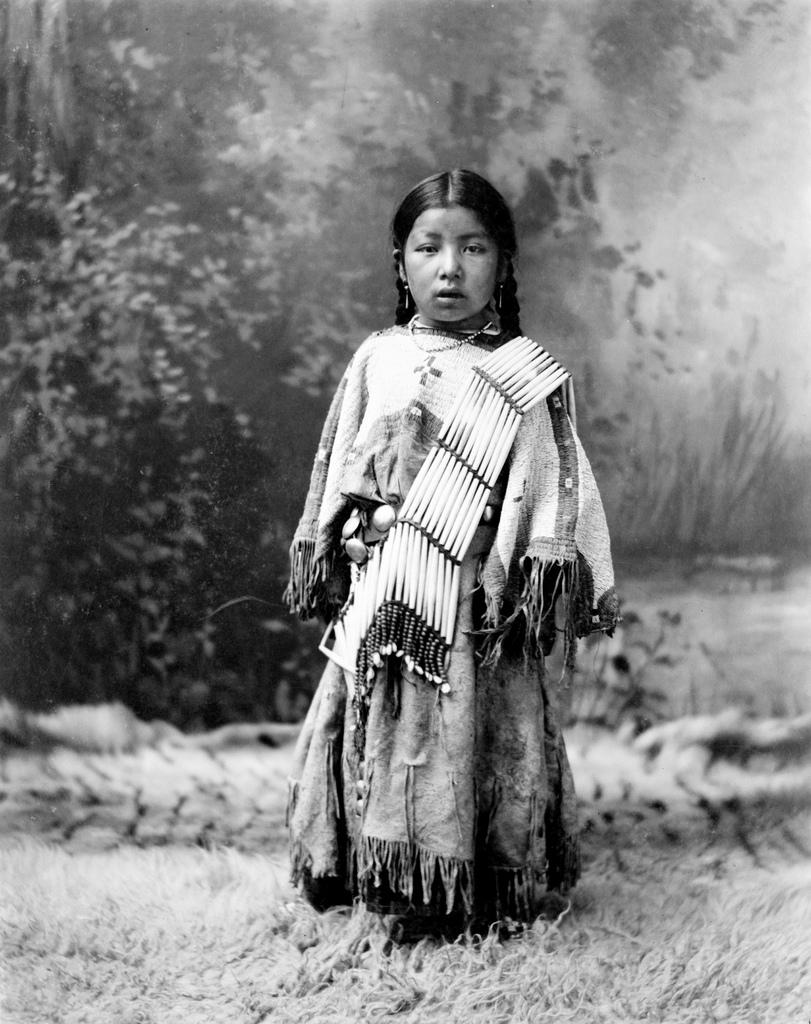Native American children represent a vital part of the cultural fabric of the United States. Their rich heritage and unique experiences shape not only their lives but also the communities they belong to. However, these children face numerous challenges that can affect their physical, emotional, and educational well-being. Understanding their stories is essential in promoting awareness and advocating for their needs and rights.
As we delve into the lives of Native American children, we uncover a complex interplay of tradition, modernity, and the impacts of historical injustices. Many Native American children grow up in environments steeped in cultural practices and languages that have been passed down for generations. Yet, they also navigate the realities of contemporary society, which can often clash with their cultural identity. This article aims to highlight these multifaceted experiences and shed light on the importance of supporting their development and well-being.
Moreover, the experiences of Native American children are not uniform; they vary greatly depending on various factors such as tribe, geographical location, and socio-economic status. This diversity necessitates a nuanced understanding of their challenges and strengths. Through exploring these themes, we can better appreciate the resilience and vibrancy of Native American children and work towards creating a supportive environment that honors their identity and heritage.
What are the Historical Contexts Influencing Native American Children?
The historical contexts influencing Native American children are deeply rooted in the past and continue to resonate today. The impact of colonization, forced assimilation, and the residential school system has left lasting scars on Native communities. Many children were stripped of their cultural identities, languages, and familial connections, leading to a legacy of trauma that persists across generations.
How Does Socioeconomic Status Affect Native American Children?
Socioeconomic status plays a significant role in the lives of Native American children. Many Native communities experience high rates of poverty, which can lead to limited access to quality education, healthcare, and basic necessities. These challenges can create barriers to success and hinder the overall development of Native American children.
- High poverty rates in many Native American communities.
- Lack of access to quality education and healthcare services.
- Impact of these factors on emotional and physical well-being.
What Are the Educational Challenges Faced by Native American Children?
Education is a critical area where Native American children face substantial challenges. Many Native schools are underfunded, leading to inadequate resources and support for students. Additionally, culturally relevant curricula are often lacking, making it difficult for Native American children to connect their education with their cultural identities.
Are There Positive Initiatives Supporting Native American Children?
Despite the challenges, there are numerous initiatives aimed at supporting Native American children. Various programs focus on cultural preservation, educational empowerment, and mental health support. These efforts are crucial in fostering a sense of identity and belonging among Native American children.
What Role Does Cultural Identity Play in the Lives of Native American Children?
Cultural identity is incredibly important for Native American children. It provides them with a sense of belonging and connection to their heritage. Engaging with their culture through language, traditions, and community activities can significantly enhance their self-esteem and resilience.
How Can Communities Support Native American Children?
Communities play a vital role in supporting Native American children. By fostering environments that respect and celebrate their cultures, communities can help these children thrive. This can be achieved through various methods, such as:
- Creating educational programs that incorporate Native American history and culture.
- Providing access to mental health resources and support systems.
- Encouraging community engagement and participation in cultural events.
What Are Some Success Stories of Native American Children?
Amidst the challenges, there are numerous success stories of Native American children who have overcome obstacles and made significant contributions to their communities. These stories inspire hope and demonstrate the resilience and potential of Native American youth. By highlighting these successes, we can encourage further support and investment in their futures.
Conclusion: How Can We Advocate for Native American Children?
Advocating for Native American children requires a collective effort from individuals, communities, and organizations. By raising awareness of their unique challenges and promoting culturally relevant resources, we can help create a brighter future for these children. Together, we can work towards fostering an environment that honors their identities and supports their growth.
Discovering The Best: A Guide To Top Selling Bras
Exploring The Enigma: Is He Down?
Unveiling The Charm Of Marla Maples: A Visual Journey Through Her Pictures



